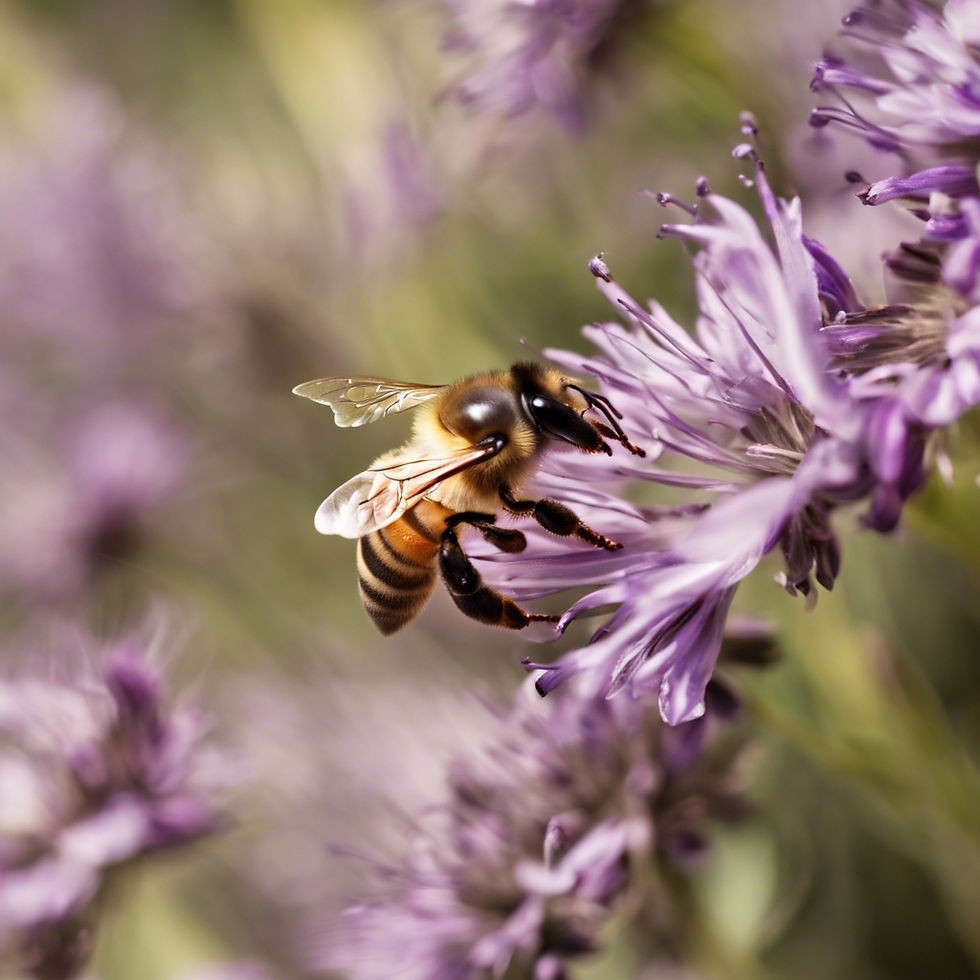What Is the Aurora Borealis? AKA The Northern Lights
- hshub3
- Nov 22, 2024
- 2 min read
The Quick Answer:
The Aurora Borealis, also known as the Northern Lights, is a natural light display in the Earth's sky, predominantly seen in high-latitude regions around the Arctic.
It is caused by collisions between electrically charged particles from the sun that enter the Earth’s atmosphere.
These particles are drawn by the Earth's magnetic field to the polar regions, where they interact with gases such as oxygen and nitrogen, creating vivid colors that light up the sky.

Hello, celestial observers and nature lovers! Krispy here, ready to explore one of the most breathtaking natural phenomena on our planet: the Aurora Borealis, or Northern Lights. Have you ever seen pictures of the sky painted in spectacular colors and wondered what causes this stunning display? Let's dive into the science behind the Northern Lights.
The Dance of Particles and Light
The story of the Aurora Borealis begins with the sun. The sun emits a stream of charged particles known as the solar wind. This stream of particles hurtles through space and, when it reaches Earth, can interact with our planet's magnetic field and atmosphere.
Magnetic Attraction
The Earth's magnetic field guides these charged particles toward the poles, both north and south, where the magnetic pull is strongest. This is why auroras are most commonly observed in polar regions.
A Collision of Nature and Science
As the charged particles from the sun collide with gases like oxygen and nitrogen in the Earth's atmosphere, they transfer energy to these gas molecules. When the gas molecules return to their normal state, they release this energy in the form of light. This process creates the beautiful glowing waves and patterns of the aurora.
Colors of the Aurora
The colors of the Aurora Borealis depend on which gas molecules are involved and how high in the atmosphere these collisions occur:
Green is the most common color and occurs when charged particles collide with oxygen at lower altitudes.
Red auroras are produced by high-altitude oxygen, up to 200 miles in the atmosphere.
Purple and blue result from interactions with nitrogen.
Viewing the Aurora
The best times to view the Aurora Borealis are typically during the winter months in locations with little light pollution, situated in high-latitude regions like Scandinavia, Alaska, and Canada. During significant solar events, the aurora may be visible at lower latitudes.
In Conclusion
The Aurora Borealis is not just a stunning natural spectacle; it's a dynamic display of how our planet interacts with the environment of space. The next time you see this natural light show, whether in person or in a photograph, remember the incredible cosmic dance that creates it.
Stay inspired, my friends, and keep your eyes on the skies for the magical displays our natural world has to offer. Until our next stellar journey, keep exploring the beauty and mysteries of the Earth and beyond!
Check out Krispy Pigment Books!


